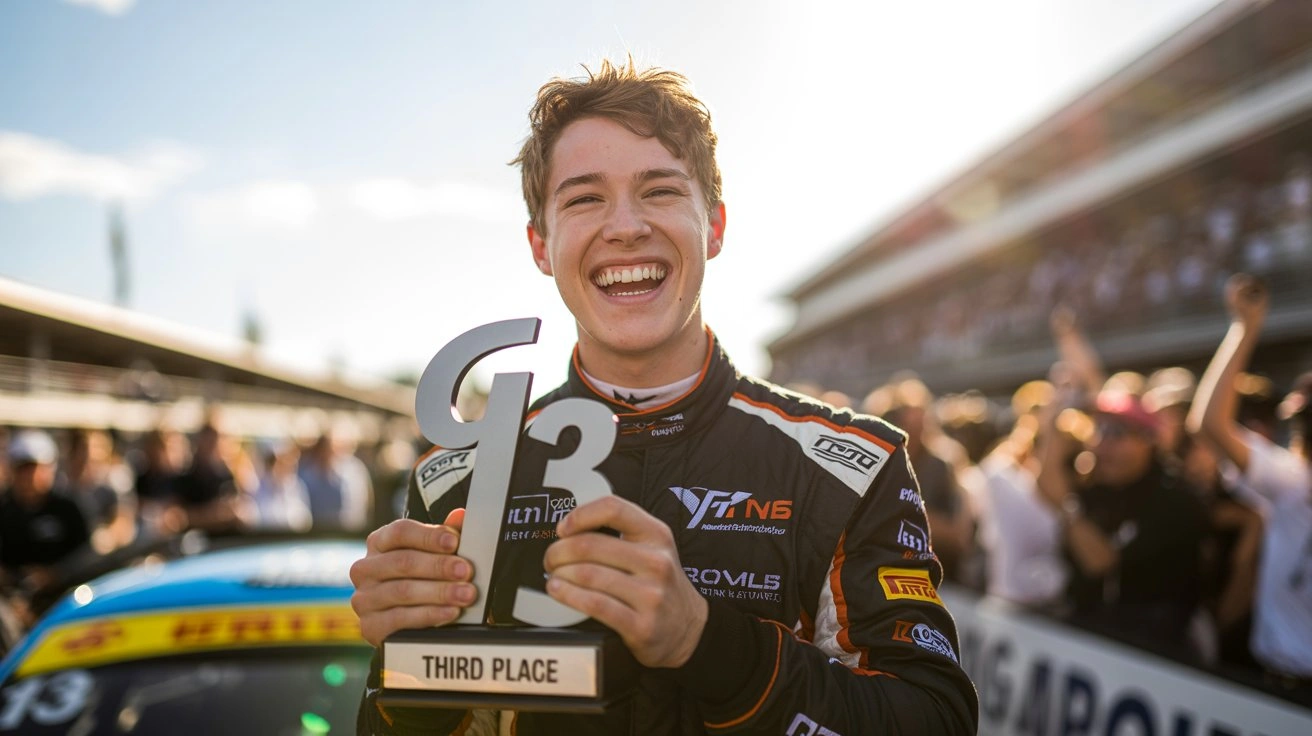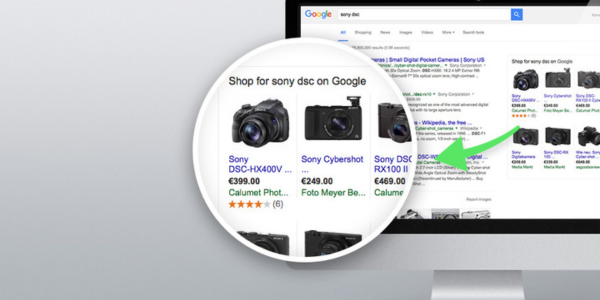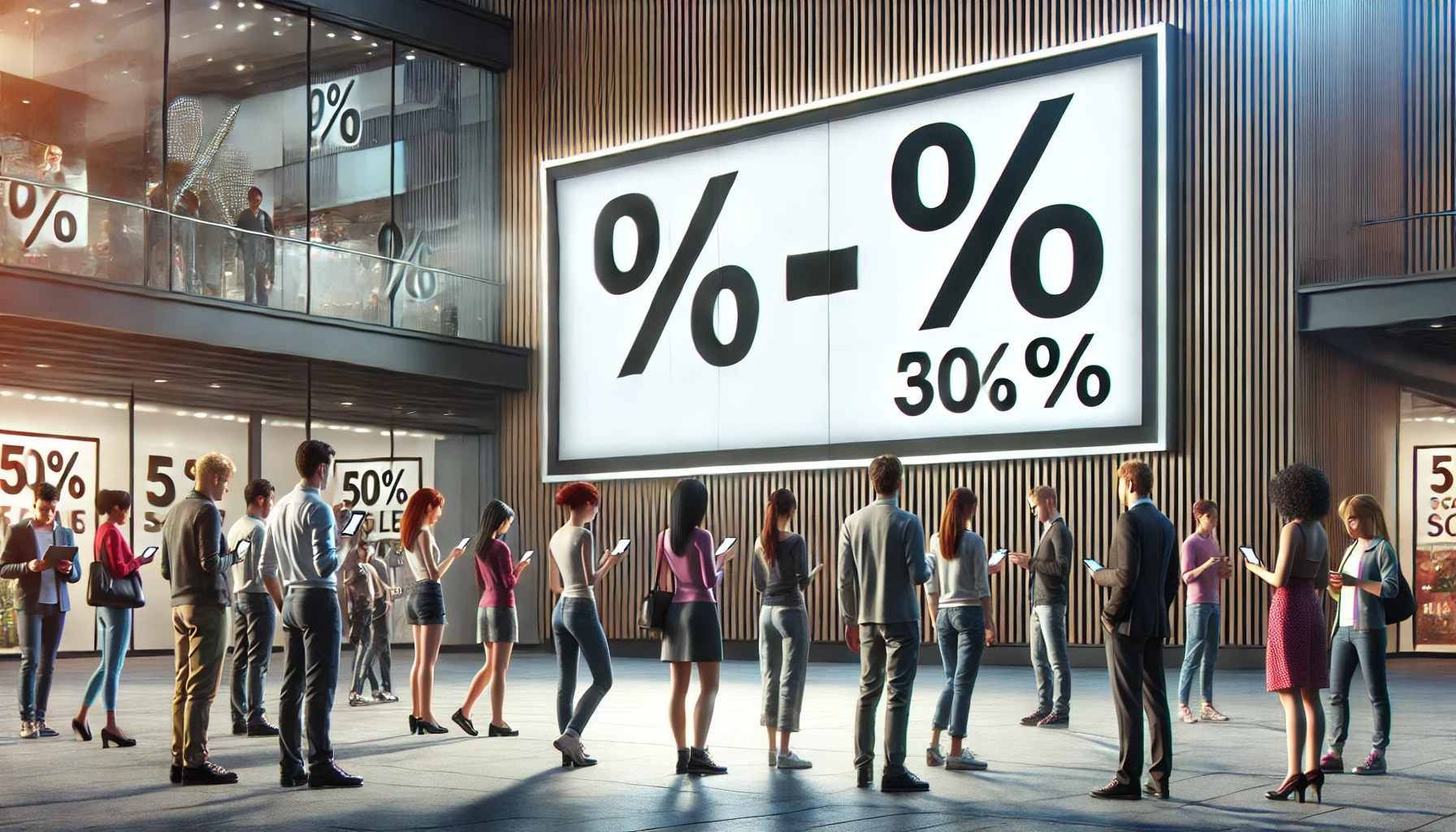content
In the Google Ads dashboard, the number “1” looks tempting. It whispers: “This is the top of the search results. Your audience. Your win.” But in reality, this position often costs more than it gives.
Despite the common belief that “whoever comes first gets all the clicks,” the race for top-1 in search ads can drain budgets, reduce efficiency, and hurt ROI. In this article, we’ll explore why top-1 is an overrated goal — and what you should focus on instead.
Why Advertisers Obsess Over Being First
It’s all psychological. Humans are wired to see “first place” as the best — in sports, queues, and search results. This belief is reinforced by old habits: in the early 2010s, being in the first ad position really did mean massive CTRs and massive exposure.
When advertisers see a competitor ahead, they raise bids. They want to dominate, to be visible, to win the auction. This desire often becomes a strategy: “Bid higher, and you’ll see results.”
But the market has changed.
AI-Generated Creative: A Practical Field Guide for Small Businesses
The Problem with Position #1
According to internal Google data and independent PPC analytics, the average CTR for position #1 in 2024 is 7–9% — but CPCs are 30–50% higher than for positions 2–3.
Another study, based on 50+ million impressions in eCommerce, found that ads in positions 2–3 often converted better. Why? Because users had already seen a few options, compared them, and then clicked intentionally.
Top-1 often attracts impulsive clicks. That may be great for traffic volume, but it’s bad for ROI — especially when every click costs more.
Here’s the problem:
- You pay more without always getting more.
- High CTR doesn’t mean high conversion.
- You lose bidding flexibility and margin control.
How to Be “First” Without Being #1
Here’s the good news: most businesses don’t need to beat Amazon or Walmart in ad rank. And trying to outbid them is often suicidal.
Here’s what winning actually looks like:
- Win with quality, not position.
Google evaluates ad relevance, landing page speed, expected CTR, and keyword match. With high-quality ads, you can outrank bigger players without outspending them. - Aim for position 2–3 on purpose.
These positions are cheaper, and often deliver warmer, more intentional clicks. People who choose you after comparing are more likely to convert. - Optimize for impression share, not rank.
You don’t need to be the first — you just need to be present when it matters.
Case: How a Local Service Beat the Competition Without Top-1
A small appliance repair brand in Chicago saw their performance tank after shifting to a “top-1 at all costs” strategy. They paid up to $8 per click — and their ROI collapsed.
An agency stepped in and shifted the focus: position 2–3 targeting, improved ad copy with clearer value propositions, structured snippets, and retargeting. Within three weeks, CPC dropped to $4.60, and call volume increased by 28% — with no change in budget.
Achieving success in PPC advertising by understanding the B2B client
Case 2: Winning Without Being #1 — The Story of “EcoGlow Skincare”
EcoGlow Skincare, a small organic cosmetics brand from Portland, faced a familiar challenge: high competition and limited budget. In the beauty niche, cost-per-clicks for keywords like “natural face serum” or “best organic moisturizer” often reached $4–$6, with top-position advertisers being major retailers and funded startups.
At first, EcoGlow tried to compete head-on — bidding aggressively to reach the top ad position. The result? High CTRs, low conversion rates, and an exhausted budget. Their ROAS barely reached 1.2.
They pivoted.
Instead of chasing #1, they restructured their Google Ads strategy around three key shifts:
-
They aimed for positions 2–3, where CPCs dropped by ~35%.
-
They optimized ad copy with customer-centric language — focusing on skin sensitivity and sustainable packaging.
-
They segmented campaigns by user intent: discovery vs. ready-to-buy, adjusting bids accordingly.
In parallel, they launched remarketing ads targeting visitors who didn’t convert the first time, offering limited-time discounts and testimonials.
Within two months, EcoGlow’s ROAS increased to 2.7. The conversion rate improved by 42%, and average CPC decreased by $1.10. They weren’t the first ad users saw — but they were the most relevant.
By stepping away from the obsession with top position and focusing on relevance, intent, and value, EcoGlow built a sustainable funnel that outperformed their earlier “top-1 at any cost” approach.
Challenges and Considerations
Not chasing top-1 doesn’t mean ignoring your competitors. In some verticals (branded search, luxury, legal), position still matters. But even there, effectiveness trumps ego.
Also, be aware: Google’s automated strategies can sometimes push you to top-1 even if you didn’t ask for it. Always monitor actual position data and optimize around CPA, ROAS, or conversion value — not just rank.
Conclusion
Thinking “#1 = success” in Google Ads is outdated. Today, success is about effectiveness, relevance, and data-driven strategy — not status in search results.
Achieving success in PPC advertising by understanding the B2B client
Key takeaways:
- Top-1 is often the most expensive position, not the most profitable.
- High CTR doesn’t guarantee high-quality traffic.
- Positions 2–3 often deliver better ROI and more intentional conversions.
- Focus on quality scores, ad relevance, and conversion paths.
- Smart strategy beats blind bidding — especially with limited budgets.
Even with modest ad spend, you can stand out — if you play smart. In Google Ads, the winner isn’t the loudest voice, but the one that speaks clearly, at the right time, to the right person.
Subscribe to our newsletter



